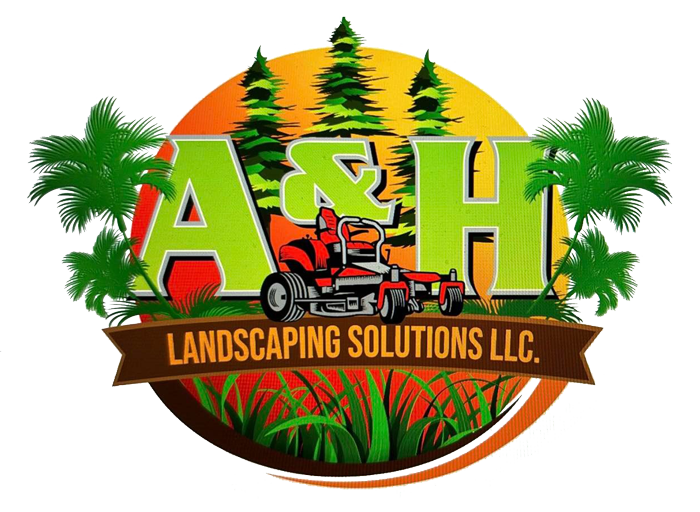Fall Landscaping Preparation: Getting Your Kissimmee Yard Ready
Seasonal Transitions: Fall Landscaping Preparation for Kissimmee Properties
Fall in Kissimmee presents unique opportunities to prepare your landscape for cooler months while positioning your property for vibrant spring growth. Unlike northern climates with dramatic autumn changes, Central Florida's subtle seasonal transition requires strategic planning that addresses reduced rainfall, cooler temperatures, and shifting plant growth patterns. Understanding these changes helps property owners make informed decisions that benefit their landscapes year-round.
Understanding Central Florida's Autumn Climate
Kissimmee's fall season brings lower humidity, reduced afternoon thunderstorms, and gradually cooling temperatures that affect plant behavior and water requirements. Many tropical and subtropical plants enter slower growth phases, requiring adjusted irrigation and fertilization schedules. This period also offers ideal conditions for major landscape projects that would be challenging during summer heat or winter cold snaps.
Daylight hours decrease steadily, affecting photosynthesis rates and plant energy production. Trees and shrubs begin preparing for their winter dormancy periods, redirecting energy from leaf production to root development and energy storage. Understanding these natural cycles helps property owners support plant health through appropriate care adjustments.
Strategic Plant Selection and Installation Timing
Fall planting offers significant advantages in Central Florida's climate. Cooler temperatures reduce transplant stress while still-warm soil encourages root development before winter arrives. This timing allows plants to establish strong root systems during the mild winter months, preparing them for vigorous spring growth.
Native and adapted plants perform exceptionally well when installed during fall months. Coontie, firebush, and Simpson's stopper establish quickly in autumn conditions while requiring minimal supplemental irrigation. These species provide year-round interest while supporting local wildlife through winter months when food sources become scarce.
Professional landscape design services take advantage of fall's favorable conditions to implement comprehensive planting plans that ensure optimal establishment before the following growing season begins.
Lawn Care Transitions for Cool Season Success
St. Augustine grass, common throughout Kissimmee, benefits from adjusted fall care that prepares it for winter dormancy and spring recovery. Reduce fertilization frequency while maintaining consistent irrigation to support root development during cooler months. This approach builds lawn resilience without promoting excessive top growth vulnerable to cold damage.
Fall overseeding with cool-season grasses provides green color during winter months when warm-season lawns enter dormancy. Ryegrass varieties work well in Central Florida, providing temporary coverage that naturally declines when warm-season grasses resume active growth in spring.
Irrigation System Adjustments and Winterization
Reduced rainfall and lower humidity during fall months require irrigation system adjustments to maintain optimal soil moisture without overwatering. Smart controllers automatically adjust for shorter daylight hours and cooler temperatures, but manual systems need schedule modifications to match seasonal changes.
Fall provides excellent timing for irrigation system maintenance and upgrades. Cooler weather makes outdoor work more comfortable while identifying and addressing system issues before peak growing season returns. This proactive approach prevents emergency repairs during busy spring months.
Tree and Shrub Care for Winter Preparation
Fall pruning focuses on removing dead, damaged, or diseased material while avoiding major structural changes that could stimulate new growth vulnerable to cold damage. Light selective pruning improves air circulation and reduces disease pressure during humid winter months.
Mulch application around trees and shrubs provides insulation for root systems during occasional cold snaps. Organic mulches also decompose slowly, providing nutrients as plants prepare for spring growth. Maintain 2-3 inch mulch depth while keeping material away from plant trunks to prevent pest and disease issues.
Soil Improvement and Amendment Applications
Fall soil amendments have months to integrate before spring planting season arrives. Compost additions improve soil structure and water retention while providing slow-release nutrients for gradual plant uptake. Lime applications, if needed based on soil tests, have time to adjust pH levels before active growing season begins.
Core aeration benefits compacted soils common in established landscapes. Fall timing allows soil to heal and settle before spring growth accelerates, improving water infiltration and root penetration throughout the root zone.
Preparation for Occasional Cold Events
While Kissimmee rarely experiences freezing temperatures, occasional cold snaps can damage tropical plants unprepared for temperature drops. Tender plants benefit from protective coverings or temporary windbreaks during predicted cold events. Container plants can be moved to protected locations when necessary.
Cold-sensitive irrigation components need attention before winter arrives. Insulate exposed pipes and valves in areas prone to cold damage. Drain systems in unused areas to prevent potential freeze damage during rare cold events.
Position your Kissimmee landscape for year-round success with professional fall preparation services. Contact A & H Landscaping Solutions at (615) 918-4395 to develop a comprehensive autumn maintenance plan. Our experienced team ensures your property transitions smoothly through seasonal changes while maintaining beauty and health throughout the year.
